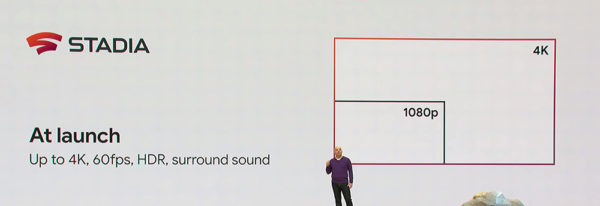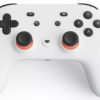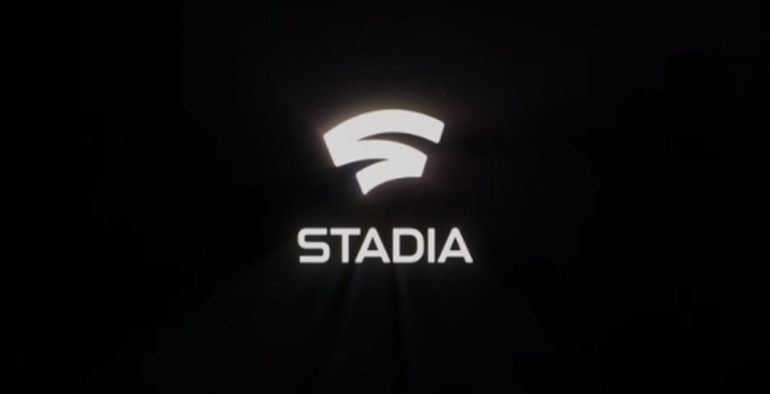Google wasted no time in presenting to the world their bold new plans for a gaming platform called Stadia. Stadia is what many assumed it would be – a streaming platform – but powered by Google’s wide-reaching network of data centers. The system provides heaps of options for people who play, watch and stream games.
So what is it? Essentially, Stadia will allow any person with a device that can run Google Chrome to play games in up to 4K resolution at 60 frames per second (though we’d assume this is dependent on your internet connection). The system has been built for the future too, as the developers of the Stadia platform have allowed room to improve the streaming up to 8K in the future as the technology becomes more prevalent.

The architecture of Stadia provides interesting ways to experience games – the fact that games are on the
The key with Stadia is to “reduce the friction” between getting excited
For those who want to make games, Google has already committed to partnering with Unreal and Unity to provide full support to the development community, as well as most major middleware such as Havok, Umbra

Stadia will, at launch, support most major platforms such as desktops, laptops, televisions and phones. Google were quick to clarify that Stadia was not a box nor tied to one – the Google Datacenters are your platform and there’s no console that limits your ideas or your creativity as a developer.
Stadia is flexible too – allowing you to begin your game on a laptop and then move progress across to a phone with no loss in quality. Players can use Stadia on a television using a Chromecast Ultra, and nothing more!
When playing, players can bring their own USB controller or any keyboard and mouse combo with Stadia in an effort to remove barriers to gaming with players.
Google will develop their own controller if you want the best experience, however. Called the Stadia Controller, the controller ensures the “best experience”. A bespoke capture button lets you share footage or screenshots to yourself, your friends or even the world directly to YouTube. The Google Assistant button even lets you access the built-in mic on the controller, allowing you to get help from the assistant instantly.

Google brought out Marty Stratton from
Stadia was then confirmed to support full cross-platform play as well as support to bring across saves and progress where developers permit it.
The power of the data center also means that developers can implement multiplayer using their Stream Connect technology, whether split-screen or online, without any performance penalty. Chief prototyper Erin Hoffman-John highlighted that Stadia hopes to bring couch co-op back in a big way with their Stream Connect technology.

As a developer, Stadia also allows developers to use machine learning to develop art styles and art direction. Called Style Transfer, as an example, the team showed off a standard black and white game. Feeding it a picture of Pac-Man gave the game an instant look that looked like it was lifted from a Pac-Man game. It’s a bit hard to explain, but it looks like a quick and easy way for developers to make a game based on their own artworks.
A new technology called State Share was then briefly shown. It essentially allows developers to create a “shareable moment” of a game that can be shared quickly between players. Whether a playable
Stadia also tries to break down the barrier between streamer and viewer with Crowd Play, which lets players literally jump into a match in seconds while watching a stream on YouTube. NBA 2K was used as an example – if you were watching your
Google announced they’ve already shipped 100 pieces of development hardware to developers around the world and that they have formed Stadia Games and Entertainment, Google’s very own first party games studio creating exclusively for Stadia which will be lead by noted EA and Ubisoft alumni Jade Raymond.
You can already apply for access to development tools HERE if you so wish. There’s even a programme called Stadia Partners to support creators too.
Google Stadia will be launching this year, in 2019, but there’s a catch. It’ll be launching first in the US, Canada, UK and “most of” Europe. No details about an Australian launch were confirmed.

You can watch the whole presentation, which is a little over an hour, below.



